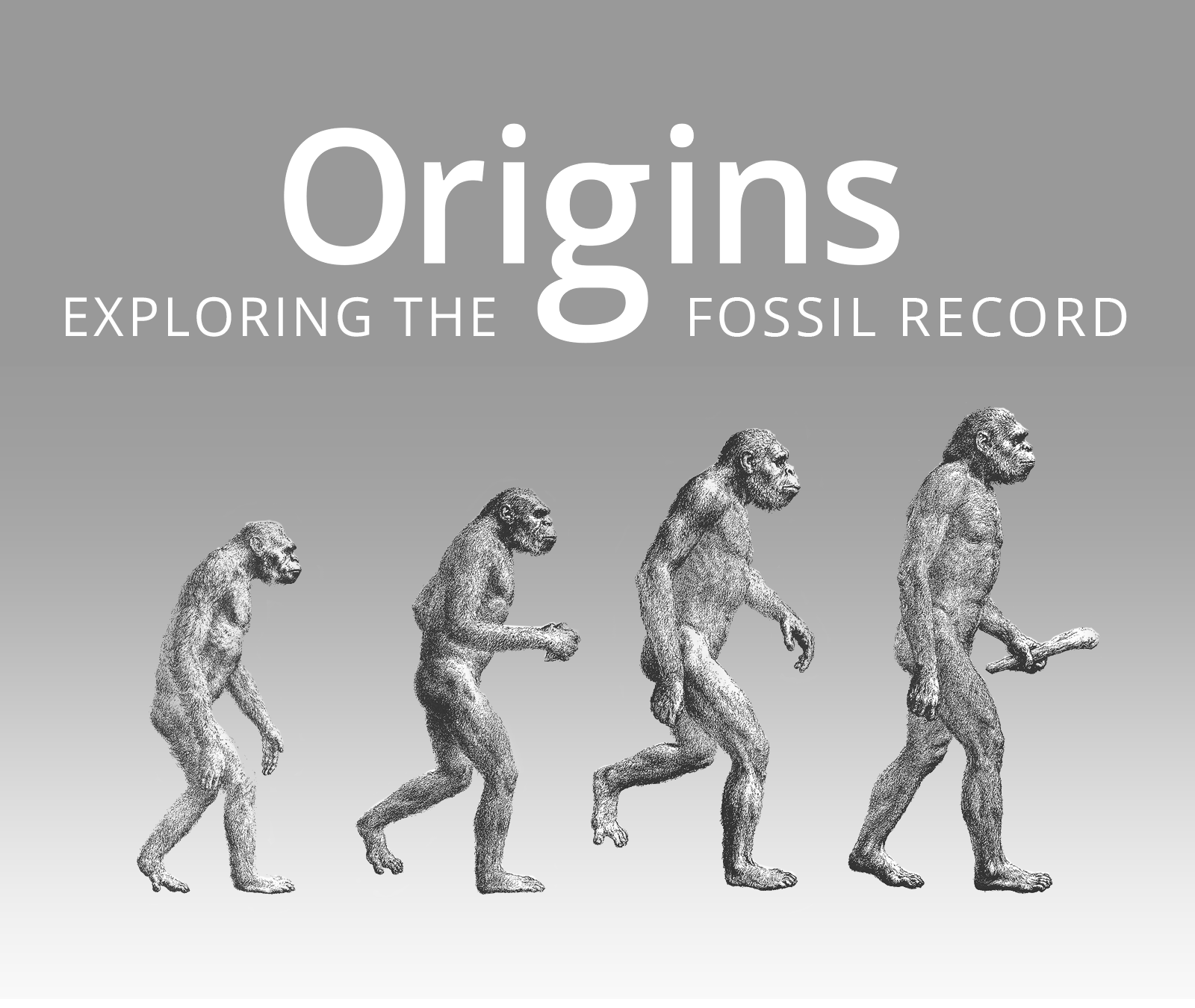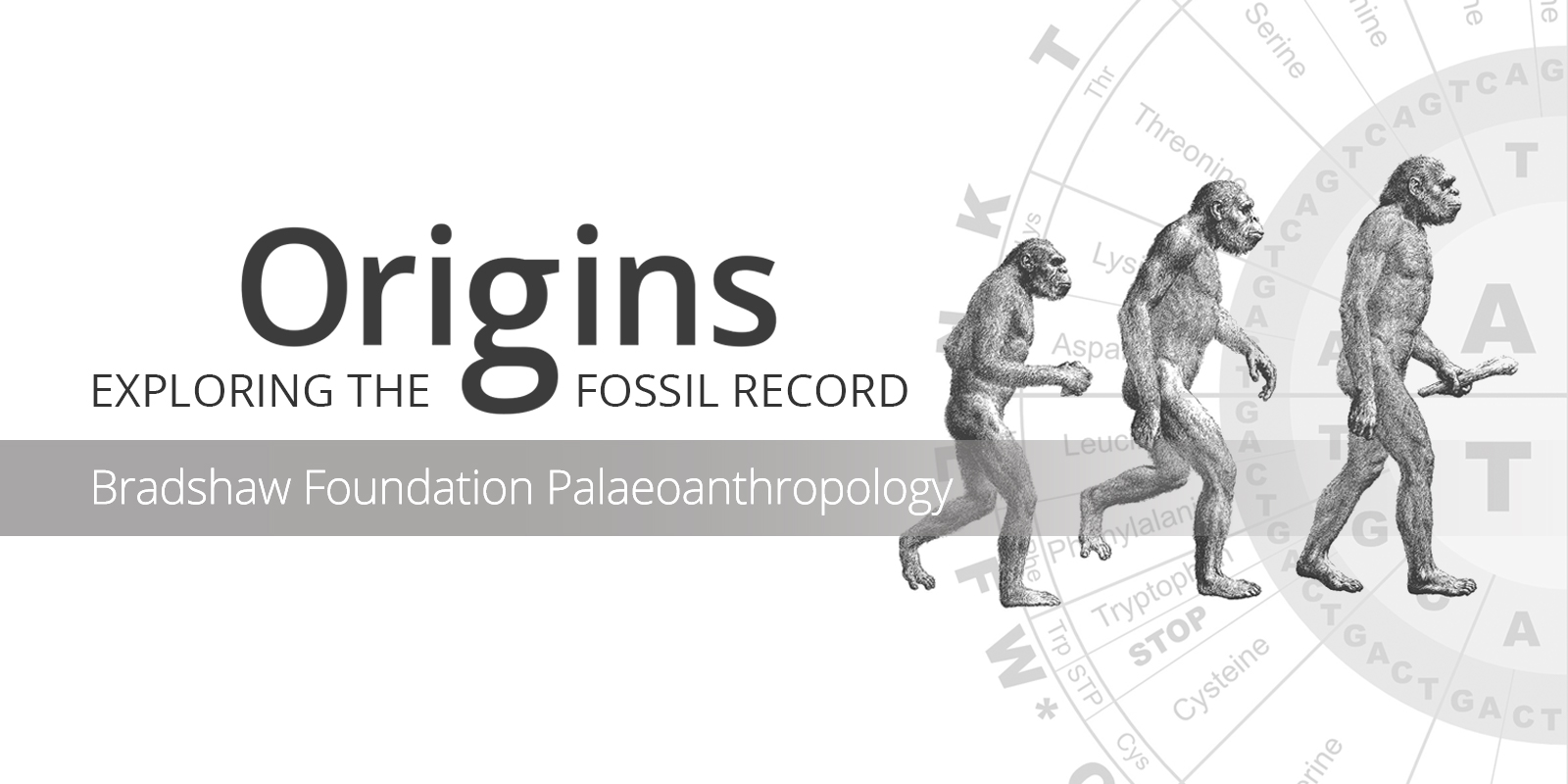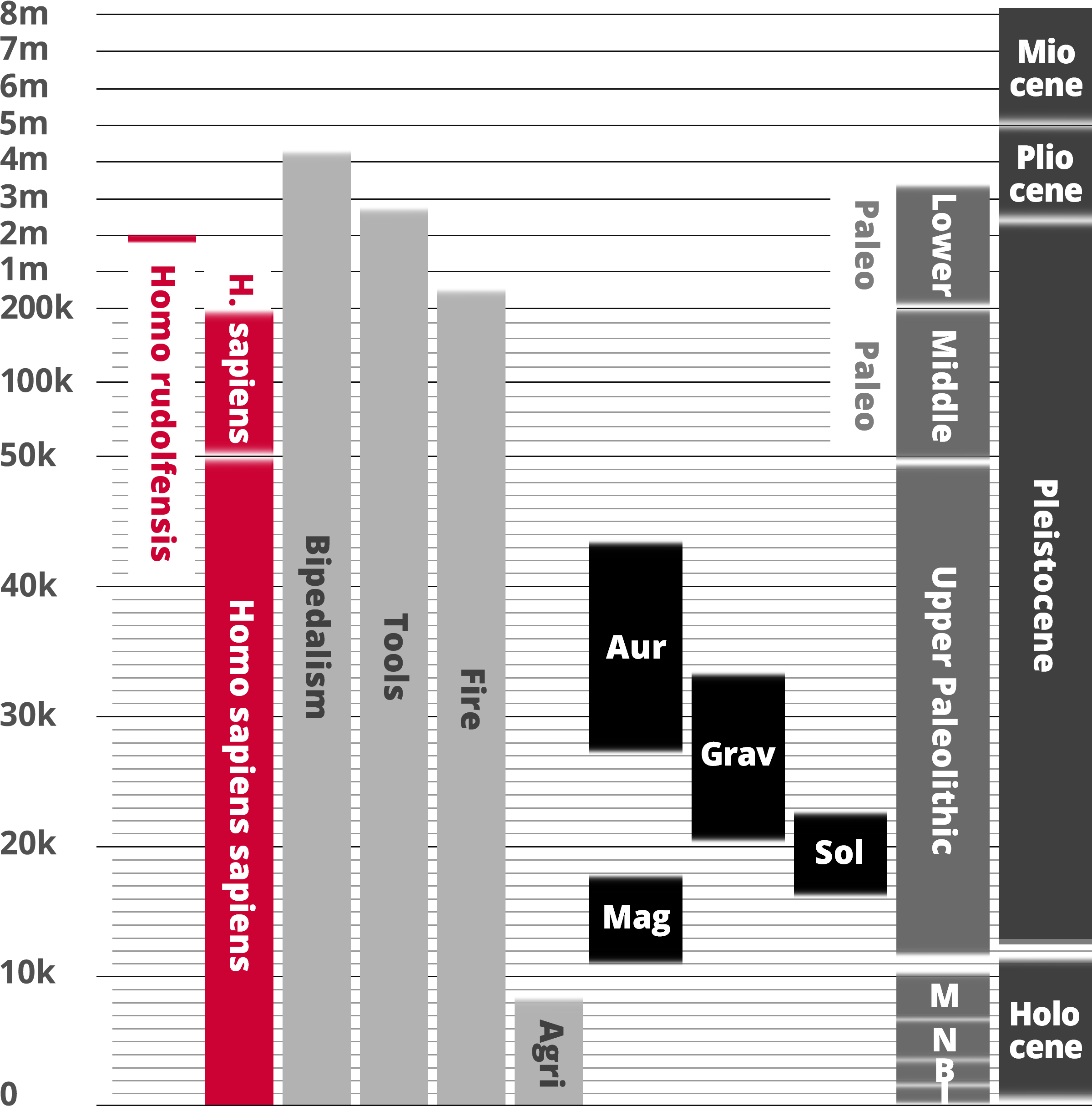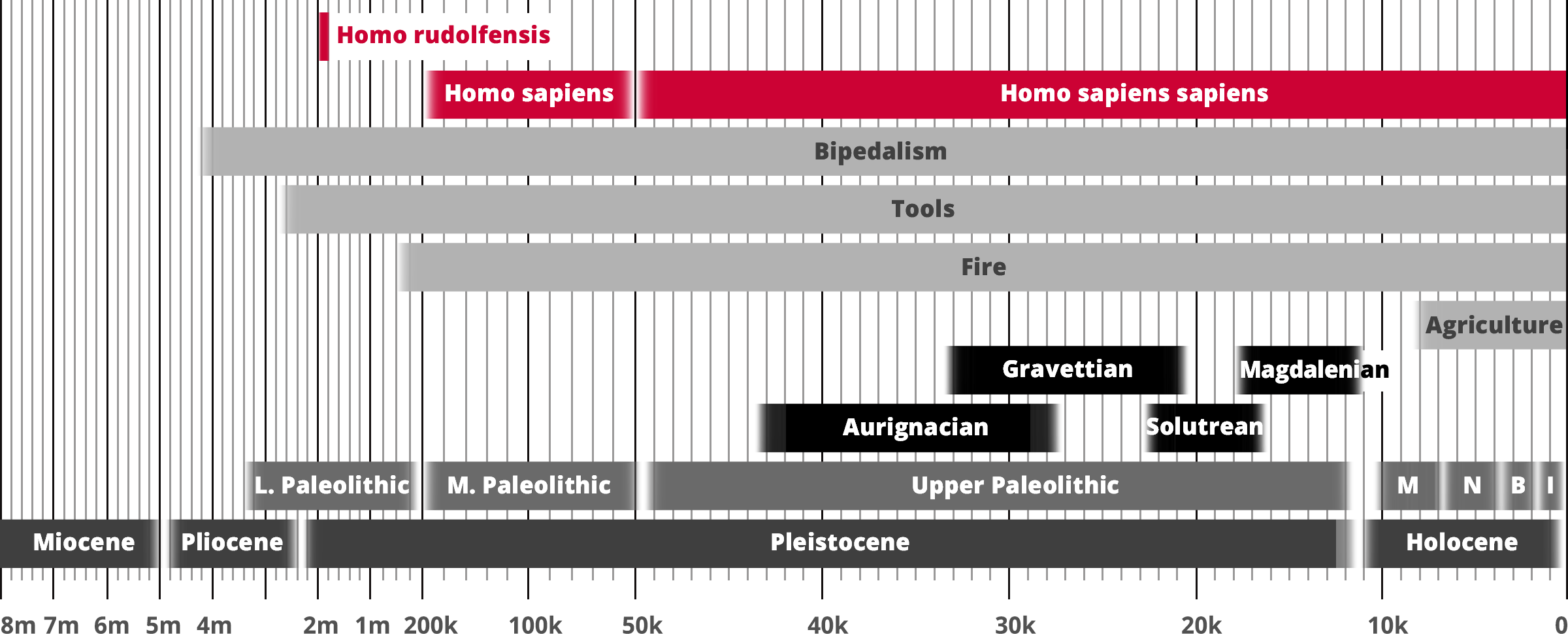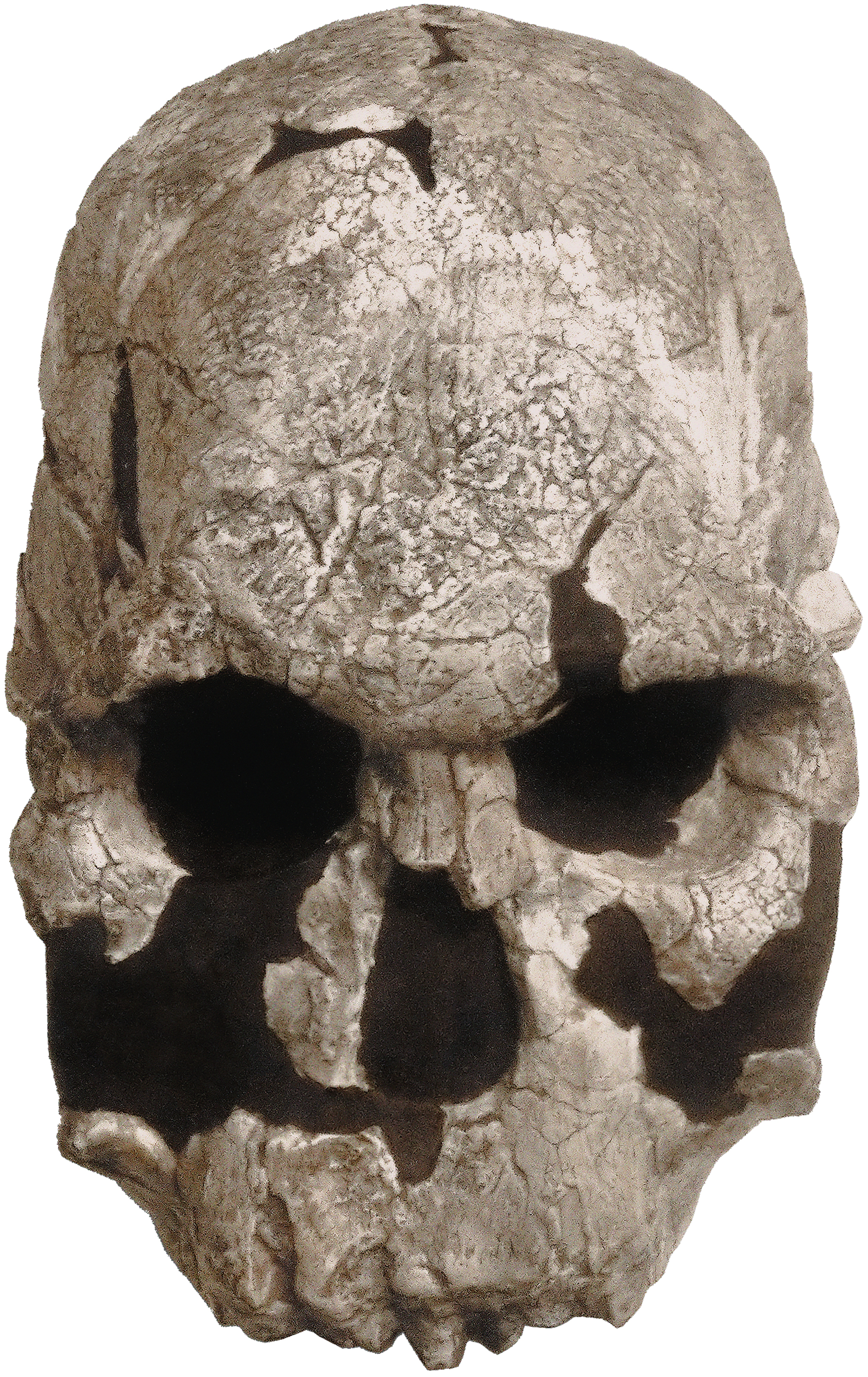Homo rudolfensis
Homo sapiens
Hominin traits
Archaeological industry/Technocomplex including art
Period in human prehistory: M = Mesolithic; N = Neolithic; B = Bronze Age; I = Iron Age;
Geological epoch
* Note: Table based past and current research and scientific consensus
Homo rudolfensis
Homo sapiens
Hominin traits
Archaeological industry/Technocomplex including art
Aur = Aurignacian; Mag = Magdalenian;
Grav = Gravettian; Sol = Solutrean
Period in human prehistory:
M = Mesolithic; N = Neolithic;
B = Bronze Age; I = Iron Age;
Geological epoch
* Note: Table based past and current research
and scientific consensus
| HOMO RUDOLFENSIS |
 |
| Genus: |
Homo |
| Species: |
Homo rudolfensis |
| Time Period: |
1.9 million years ago |
| Characteristics: |
Brow Ridge, Broad Face |
| Fossil Evidence: |
Fossils, Lake Turkana,
Kenya, Africa |
Homo rudolfensis was a species of the
genus Homo, existing 1.9 million years ago, that is known only through a handful of representative fossils, the first of which was discovered in 1972 at Lake Turkana in Kenya by Bernard Ngeneo, a member of a team led by anthropologist Meave and Richard Leakey. In 2012 Meave Leakey discovered further fossils, consisting of a face and two jawbones [Leakey 2012].
Homo rudolfensis was contemporary with
Homo habilis, but it is not yet known if it was ancestral to the later species of Homo. The two different species may well have interacted.
There is only one really good fossil of this Homo rudolfensis: KNM-ER 1470, from Koobi Fora in the Lake Turkana basin, Kenya. The specimen upon construction, is ape-like in appearance. It has one really critical feature: a braincase size of 775 cubic centimeters, which is considerably above the upper end of H. habilis braincase size. At least one other braincase from the same region also shows such a large cranial capacity.
Originally considered to be
Homo habilis, the ways in which Homo rudolfensis differs is in its larger braincase, longer face, and larger molar and premolar teeth. Due to the last two features, though, some scientists still wonder whether this species might better be considered an
Australopithecus, although one with a large brain.
Russian scientist V.P. Alexeev named the species in 1986 after Richard Leakey’s team uncovered Homo rudolfensis fossils near the shores of Lake Rudolf (now known as Lake Turkana) in 1972. Alexeev originally named the species Pithecanthropus rudolfensis, but the genus name Pithecanthropus was later replaced by Homo.
Homo rudolfensis had large and wider molars compared to
Homo habilis. While their teeth were only slightly smaller than those seen in robust
australopithecines, Homo rudolfensis didn’t have the heavily-built jaw and strong jaw muscle attachments seen in robust early humans. These anatomical differences likely indicate different diets between Homo rudolfensis and earlier australopith species capable of more powerful chewing.
Like other early Homo species, Homo rudolfensis may have used stone tools process their food. However, because more than one species of early human lived at the time tool manufacture and use originated, it’s hard for scientists to be certain which species is responsible for the making and using the first stone tools. There are currently no stone tools found in the same layers as the Homo rudolfensis fossils, but there are stone tools existing in the same time period that Homo rudolfensis lived.
KNM-ER 1470, the type specimen for Homo rudolfensis was originally thought to belong to
Homo habilis, along with KNM-ER 1813. While both skulls are about 1.9 million years old, KNM-ER 1470 had a large face and brain size around 700 cc, while KNM-ER 1813 had a smaller face and brain around 500 cc. The explanation was that KNM-ER 1470 was a male, and the smaller KNM-ER 1813 was a female in a strongly sexually dimorphic species; however, the anatomy of the two skulls differ considerably.
NM-1470’s tooth roots and sockets imply the individual’s teeth were large with broad molars, while KNM-1813 had a small upper jaw with smaller, more modern-like teeth. KNM-1470 had a square upper jaw, while KNM-1813’s was rounded. KNM-1470’s browridge was slight, while KNM-1813’s was strongly developed and pronounced. These anatomical differences between KMN-ER 1470 and KNM-ER 1813 have caused many scientists question whether the two individuals were just different sexes of the same species. However, the hypothesis that two species of Homo lived at the same time went against the traditional view that humans evolved one after another in a single lineage.
Today, most scientists recognize four species that lived in the Turkana Basin, northern Kenya, sometime between 2.0 and 1.5 million years ago: Homo rudolfensis, Homo habilis, Homo erectus, and Paranthropus boisei.

